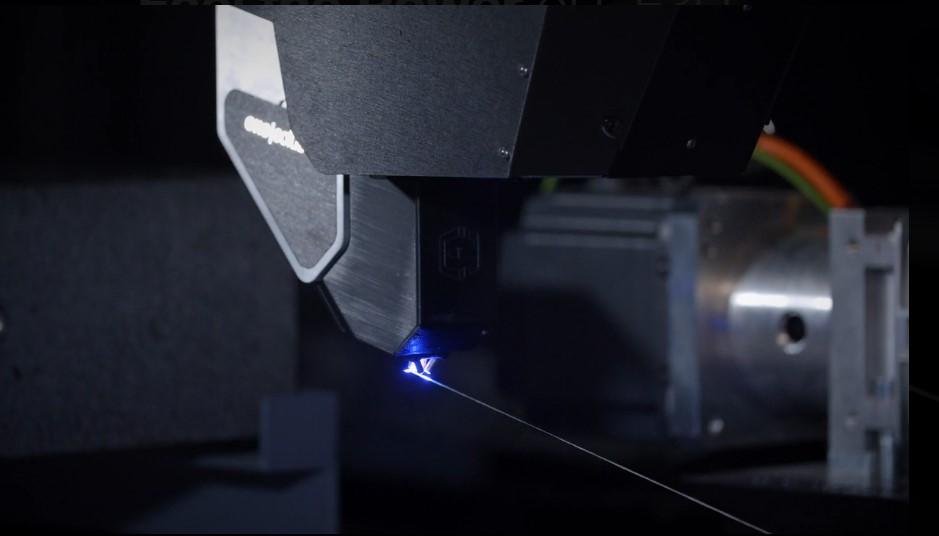- FMA
- The Fabricator
- FABTECH
- Canadian Metalworking
Our Publications
Categories
- Additive Manufacturing
- Aluminum Welding
- Arc Welding
- Assembly and Joining
- Automation and Robotics
- Bending and Forming
- Consumables
- Cutting and Weld Prep
- Electric Vehicles
- En Español
- Finishing
- Hydroforming
- Laser Cutting
- Laser Welding
- Machining
- Manufacturing Software
- Materials Handling
- Metals/Materials
- Oxyfuel Cutting
- Plasma Cutting
- Power Tools
- Punching and Other Holemaking
- Roll Forming
- Safety
- Sawing
- Shearing
- Shop Management
- Testing and Measuring
- Tube and Pipe Fabrication
- Tube and Pipe Production
- Waterjet Cutting
Industry Directory
Webcasts
Podcasts
FAB 40
Advertise
Subscribe
Account Login
Search
NASA taps Idaho company to 3D-print isogrids for use in space
- June 28, 2022
- News Release
- Additive Manufacturing

Continuous Composites will use its CF3D printing technology to build the NASA isogrids. Continuous Composites
NASA’s Small Business Innovation Research program has provided Continuous Composites funding to additively manufacture open isogrids that have a sufficiently low coefficient of thermal expansion (CTE) to be usable on satellites and for other space applications. The Coeur d’Alene, Idaho, company is using its patented Continuous Fiber 3D (CF3D) printing technology to produce the isogrids, which, thanks to their distinctive design, are extremely light and stiff.
The company aims to demonstrate the ability of the CF3D’s advanced robotic steering system to produce flat, continuous-carbon-fiber structures measuring 1.6 by 3.3 ft. The completed structures can be deposited on different-shaped surfaces, including flat, cylindrical, spherical, and conical ones. The isogrids must have a low CTE because objects in space experience dramatic temperature changes as they orbit Earth. A low CTE prevents warping or distortion.
“This printed isogrid will have very little to zero CTE, which is the goal for these types of space structures,” said John Brendel, a Continuous Composite applications engineer. “This contract builds upon the work we have been doing in the DoD and commercial aerospace sector.”
- Podcasting
- Podcast:
- The Fabricator Podcast
- Published:
- 04/16/2024
- Running Time:
- 63:29
In this episode of The Fabricator Podcast, Caleb Chamberlain, co-founder and CEO of OSH Cut, discusses his company’s...
- Trending Articles
- Industry Events
16th Annual Safety Conference
- April 30 - May 1, 2024
- Elgin,
Pipe and Tube Conference
- May 21 - 22, 2024
- Omaha, NE
World-Class Roll Forming Workshop
- June 5 - 6, 2024
- Louisville, KY
Advanced Laser Application Workshop
- June 25 - 27, 2024
- Novi, MI

























